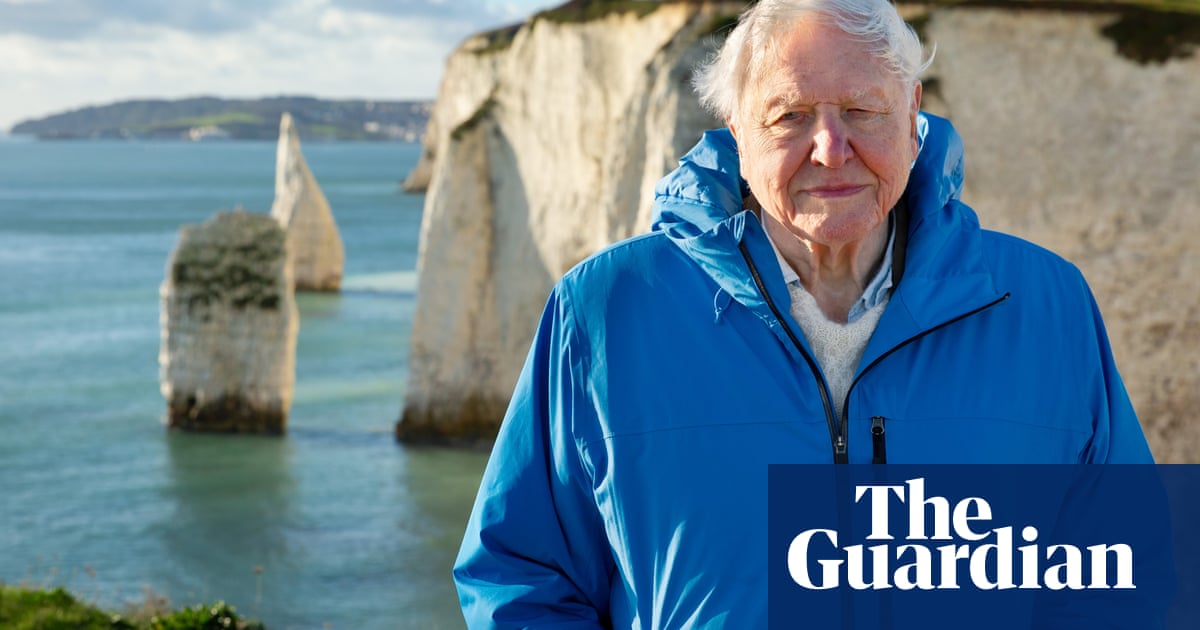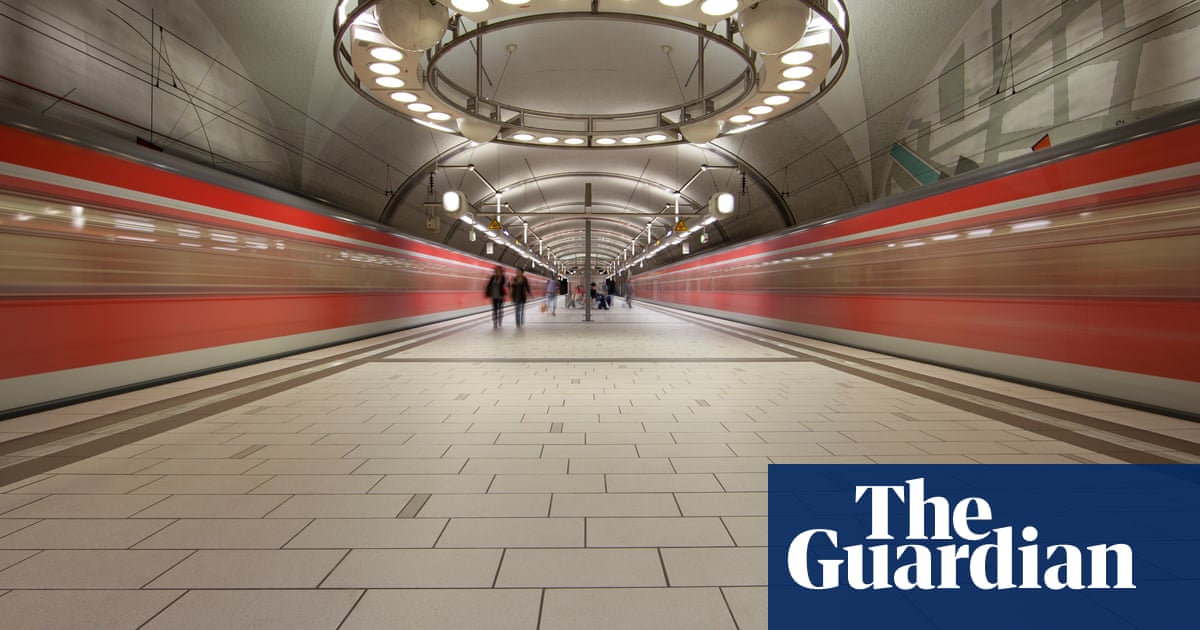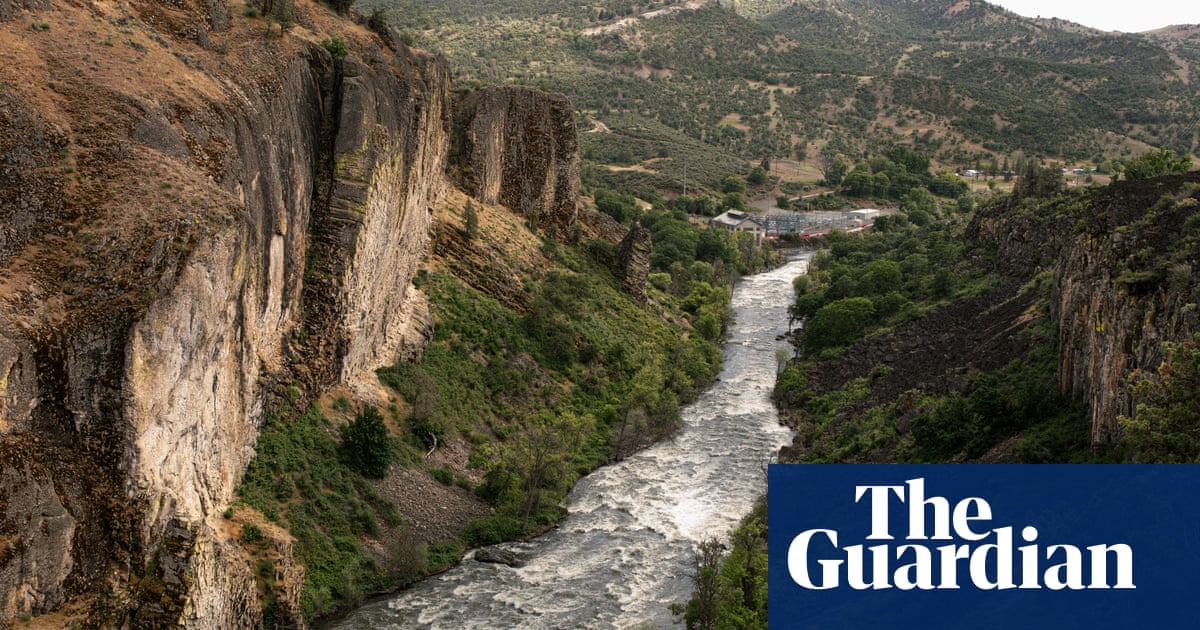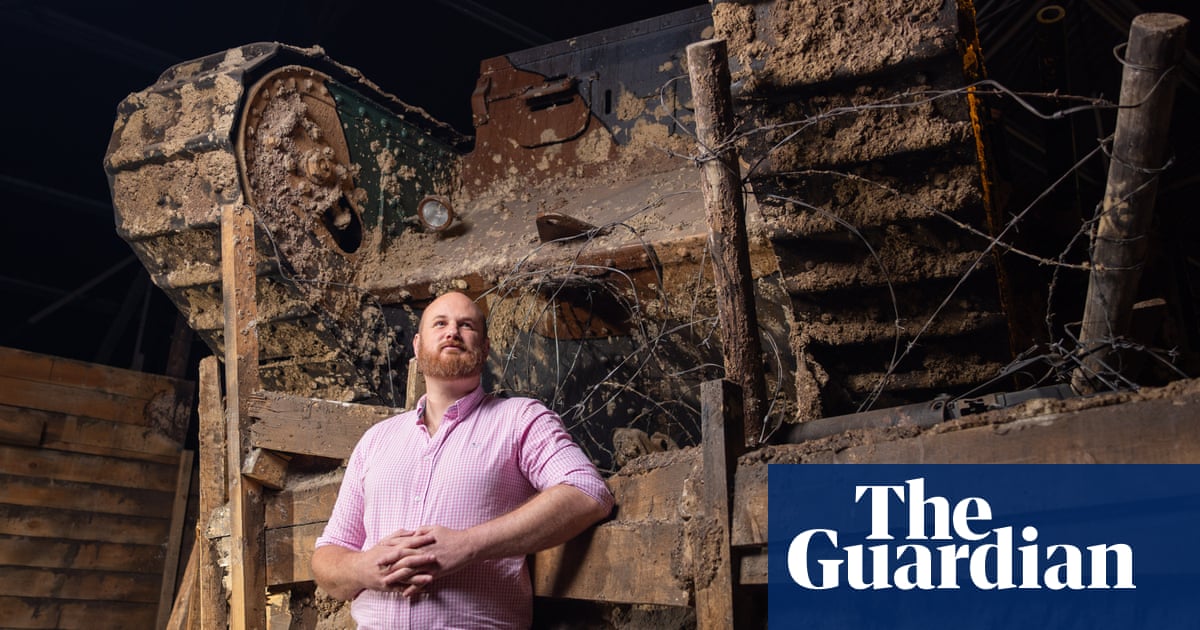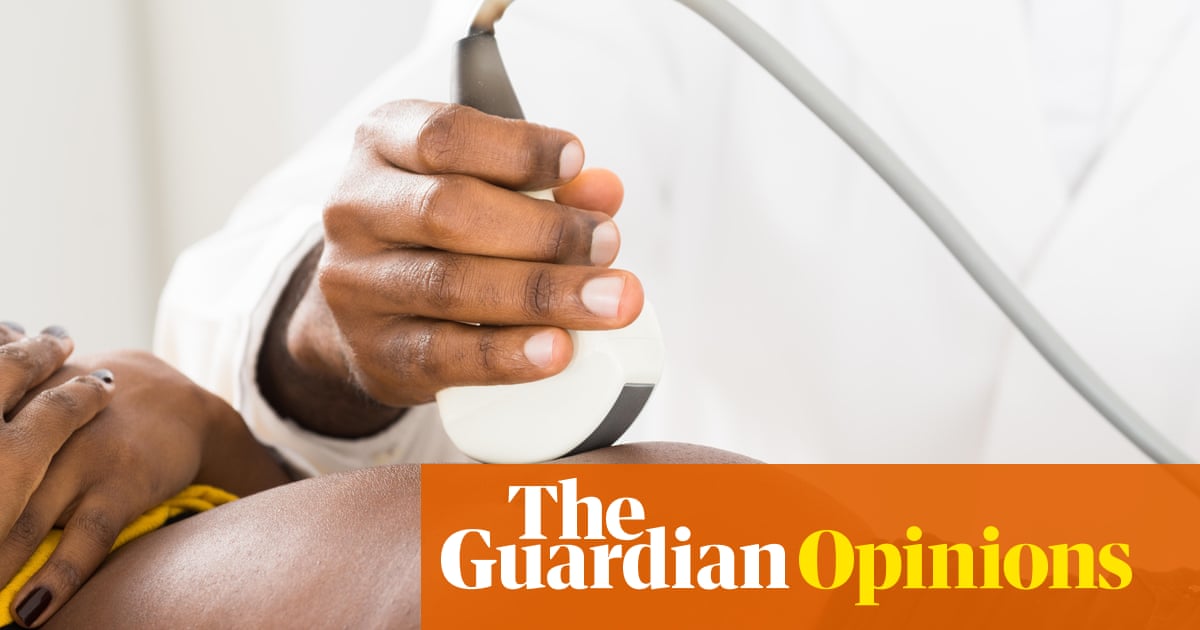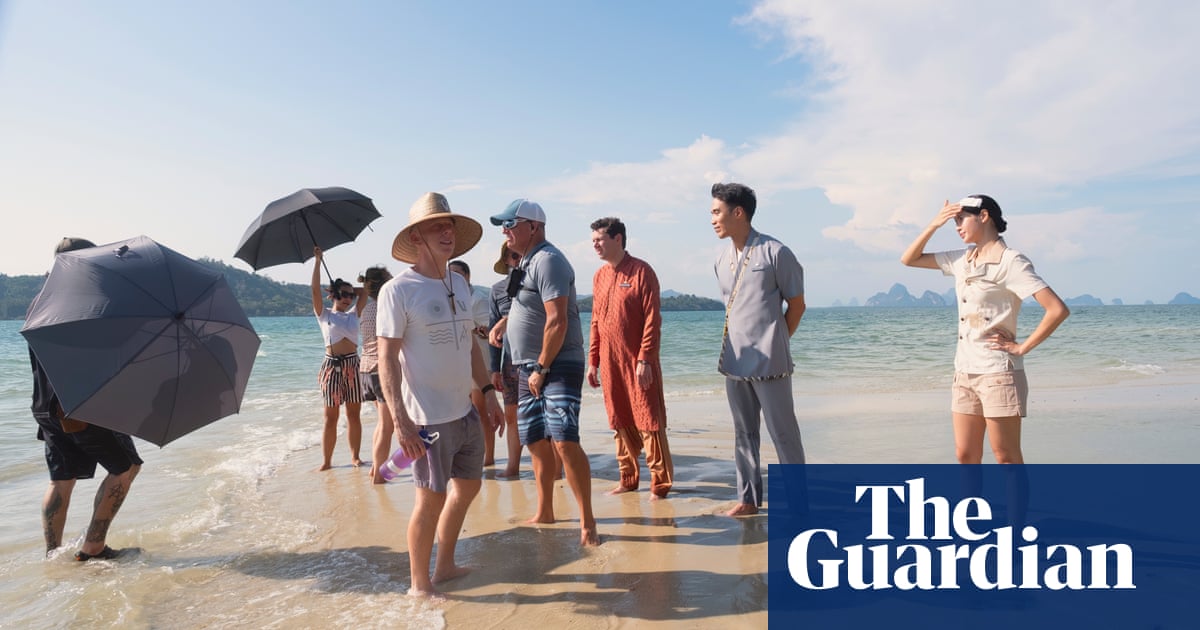Two months after fleeing death threats in Colombia, Juan landed a construction job in New York. But on his first day, the bulky GPS monitor strapped to his ankle caught the manager’s attention. It wouldn’t fit inside standard work boots. The boss shook his head. “Come back when you’ve resolved your status,” he said.
Since arriving in the US with his teenage daughter to seek asylum, Juan has lived in a state of constant anxiety. “It feels like I committed a crime, like they’re going to arrest me at any moment,” he said, speaking near the migrant shelter where they now live in Queens. Juan started wearing oversized pants to hide the monitor, a style he finds uncomfortable. “I’m paranoid all the time,” he said.
Genesis, a 25-year-old from Panama, lives in the same shelter as Juan with her two-year-old. She has worn an ankle monitor for more than 18 months. “When I go to the park with my son, other parents don’t want their kids to play with him,” she said. The stigma of the monitor, she added, makes her feel like a bad mother. Genesis fled after members of Tren de Aragua, a transnational criminal group from Venezuela, threatened her life there, she said.
Juan and Genesis are among the more than 12,000 immigrants in New York enrolled in Immigration and Customs Enforcement (Ice) schemes called Alternatives to Detention (ATD) and the Intensive Supervision Appearance Program (ISAP).
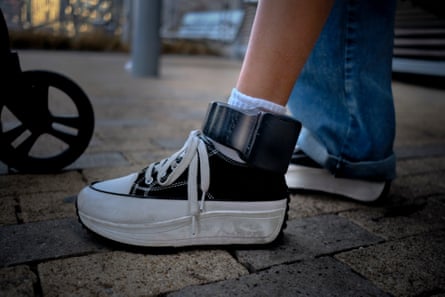
Most of them are asylum seekers from Central or South America who came to the city seeking safety and the chance to work, according to a recent report from the American Bar Association, a national group of lawyers. They don’t have any criminal convictions, yet without legal status, they live under constant surveillance as their cases wend their way through the badly backed-up US immigration court system.
Under ATD-ISAP, people can be monitored through GPS ankle bracelets, wrist-worn trackers, telephone check-ins or a mobile app called SmartLINK.
The number of undocumented people under electronic monitoring related to their lack of immigration status alone is believed to have more than doubled since 2021, when the number in the US was about 85,000, according to the Transactional Records Access Clearinghouse (Trac) at Syracuse University, although the organization “advises the public to be extremely cautious” about data on this from Ice.
Ice’s internal budget for ATD-ISAP has increased from $28m in 2006 to nearly $470m by the end of 2024.
While attention in the second Trump administration has been on detention and deportation, electronic monitoring is still a significant factor in many immigrants’ lives and has been increasingly so in recent years.
Ice promotes ATD-ISAP as a “humane and cost-effective” alternative to detention, but while it is certainly better than being locked up, lawyers and advocates argue it embeds unnecessary state control into homes, workplaces and public spaces, trapping people in cycles of fear, stigma and instability.
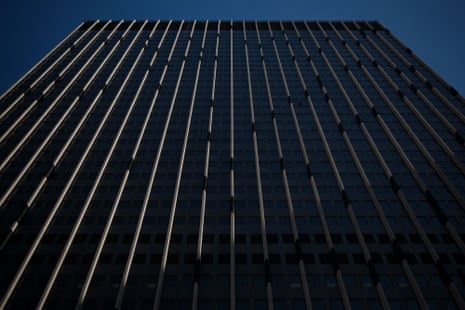
Those assigned body-worn monitors often report skin irritation, discomfort and the need for frequent charging. When the battery runs low, the device emits a loud alert that draws unwanted attention. “People made comments while I was working at McDonald’s. I’m not a criminal,” Genesis said. Even routine activities like showering can trigger connectivity issues, leading to phone calls from ISAP officers or sudden demands for in-person check-ins.
SmartLINK, by contrast, requires participants to submit geotagged selfies, typically once a week, rather than being tracked continuously throughout the day.
ATD-ISAP is managed by BI Incorporated, a subsidiary of the private prison giant Geo Group. In 2020, Donald Trump’s first administration awarded the company a five-year, $2.2bn contract.
Regardless of the type of surveillance assigned, participants remain under acute risk of arrest and deportation. Some have started the asylum application process; others came relatively recently from Texas when that state was bussing asylum seekers to Democratic-led cities, and so far are merely trying to find their footing, perhaps a lawyer and some advice about starting the process to get papers and a work permit.

They are expected to report in person to the ISAP office with little notice. The office is located in a basement near Ice’s 26 Federal Plaza headquarters in lower Manhattan. Appointments are usually scheduled during working hours, forcing many to miss work, arrange childcare or lose out on daily wages, all while being in terror of arrest and summary detention.
On weekday mornings, people can be seen lining up outside the building while anxious loved ones wait nearby. “It’s very difficult to have a normal life,” said a man from Guatemala whose wife has been monitored for three years. He asked to remain anonymous. “We can’t even leave the city,” he added.
Some people enrolled in the ADP program were arrested amid record enforcement earlier this week, NBC reported, in a national ramping-up of efforts on the orders of senior Trump administration officials, including in New York.
The effects of surveillance aren’t limited to those being tracked. Entire neighborhoods are feeling its presence.
Liliana Torres, a psychologist who offers weekly mental health support in Spanish to newly arrived immigrants, said that cameras, patrol cars and even the sound of sirens regularly spark panic among her clients. “Everyday elements of the city become triggers,” she said.
after newsletter promotion
This fear is especially felt in areas of the city such as Corona, home to New York’s largest Latin American immigrant community. Local business owners reported a noticeable drop in customers the first few months of the Trump administration.

“People think they’re going to take all of us,” said a nail salon worker who asked to remain anonymous due to concerns around her legal status. “But we can’t afford to stay home. We have to work.”
Vendors at Corona Plaza say police presence has increased in recent months, especially since the launch of Operation Roosevelt last fall, a citywide crackdown on unlicensed vending and sex work. The measures disproportionately affected undocumented residents. Neighbors and advocates worry the heightened enforcement signals deeper coordination between the New York police department and federal immigration authorities.
“There’s a noticeable uptick in the use of digital surveillance tools, including social media monitoring and data-sharing with local agencies,” said Veronica Cardenas, an immigration attorney who left her role as an Ice prosecutor in 2023 after witnessing first-hand the treatment immigrants receive. “More people who would have previously been considered low priority are now at risk.”

Fear spreads online, too. “We see people on TikTok saying Ice is coming when it isn’t,” said Niurka Meléndez, founder of Venezuelans and Immigrants Aid (VIA), a volunteer-run group that connects asylum seekers to legal and social services. “Or worse, spreading confusion about immigration law.”
VIA has been leading a regular event called Miracle Mondays at the St Paul & St Andrew United Methodist church in Manhattan since 2022. Once considered sanctuary spaces, churches are no longer off limits to Ice, prompting VIA to take extra precautions. Event locations are now shared privately via WhatsApp, rather than being posted publicly on social media.
In response to growing fears, the Venezuelan-led group has also started organizing legal clinics in neighborhoods such as Corona to reach those too afraid to attend the church. At one such event in March, dozens of Latin American migrants gathered to ask lawyers from the New York Legal Assistance Group how they could regularize their immigration status.
“If I give birth here and they deport me, will they keep my baby?” asked Stefani, a Venezuelan woman eight months pregnant. One lawyer responded cautiously, explaining that while she would have the right to bring her baby with her, the government can still act in ways that disregard the law. Lawyers also handed out one-page notices saying that individuals with pending asylum cases cannot be detained without due process.

Local community groups such as Ice Watch have adapted to this new climate by educating communities about their rights. Ice Watch tracks immigration enforcement and sends real-time alerts via encrypted Signal chats across the five boroughs. Its members also conduct training to teach people how to recognize Ice agents, document encounters and support those being targeted. Social workers, English teachers activists and small business owners are often among those who attend.
For Juan, who fled Colombia after gang members shot his father in the head, life in New York has come at the cost of constant paranoia and a sense that genuine safety remains out of reach. His 16-year-old daughter notices everything. “She sees how I live and blames herself,” he said. At times, they’ve talked about returning to Colombia, but the risk of being kidnapped and tortured by mobsters is very real for him and his family.
“I fear something worse than death could happen if I go back,” Juan said.
Despite the stress, he holds on to small signs of progress, such as watching his daughter attend school and slowly but steadily pick up English. “I need to give her at least the option to have a better life than I had,” he said.

 7 hours ago
3
7 hours ago
3



